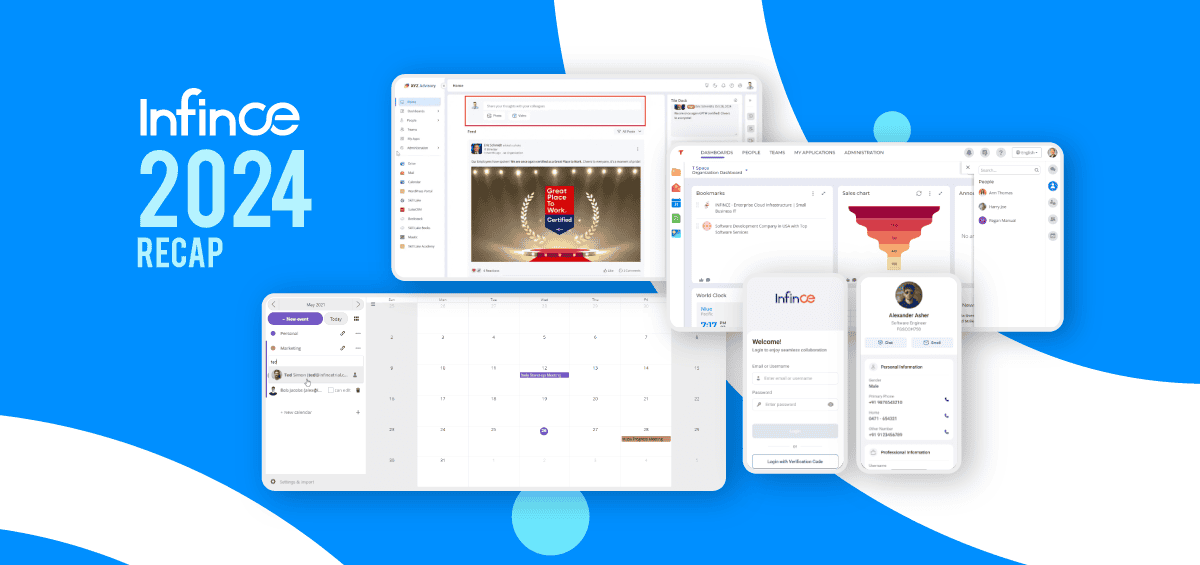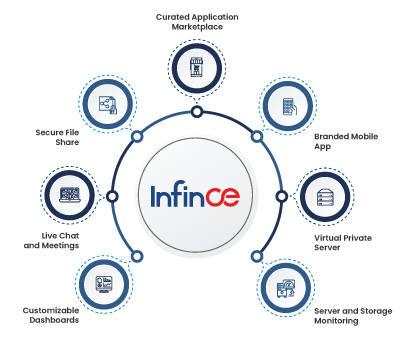In today’s data-driven business landscape, enterprise cloud computing helps companies cut costs, enhance business flexibility and boost network security. However, if organizations truly want to compete in today’s marketplace, they need to move to the cloud.
Cloud migration strategy plays an important role in helping enterprises modernize their applications and workloads. Cloud migration is when a company moves some or all of its workloads to the cloud, either opting for private, public, or hybrid cloud services.
A company’s enterprise cloud journey is not a straightforward process. It involves transitioning to a data integration system that combines both legacy systems and new cloud apps. Why do companies need to move their businesses to the cloud? It is not easy to run a data center or hire technicians to manage extensive workloads without incurring high costs. The organization needs to pay only for what they use when shifting to the cloud. When moving data center operations to the cloud, companies can quickly and efficiently scale their services by simply upgrading existing packages with cloud service providers. Similarly, it is also possible to scale down when you don’t need the extra resources.
Another pressing need for cloud migration is the emphasis on data security, with more data breaches happening on physical servers and data centers. When enterprises shift to the cloud, they can achieve seamless integration across systems and platforms, allowing them to effectively coordinate their entire IT process. This is where cloud orchestration comes in. While automation optimizes workloads and eliminates human errors, cloud orchestration brings all processes together. It enables the enterprise to view all the moving parts, including the IT process automation, in one single view. Cloud services help companies have access to automation that they simply cannot afford if they stick to legacy or on-premise infrastructure.
Watch: Run Your Business Online with InfinCE Enterprise Cloud
This report by McKinsey notes that companies that are shifting to the cloud are only just beginning to scratch the surface. Cloud adoption can potentially unlock 1 trillion dollars in revenue, but while keen to make the shift, many companies take fundamental missteps in their migration journey.
In fact, the adoption of cloud services across the enterprise may significantly increase innovation and business agility, but cost and time overruns occur because enterprises do not take business cloud migration seriously and do not have a migration strategy in place. They don’t have plans for cloud risks, and they do not align cloud migration with business strategy. This is where an infinite cloud orchestration platform like InfinCE comes in.
With many companies moving to the cloud, many others are failing at it for many reasons. There could be a lack of proper coordination between physical and virtual resources. Delays in legacy application migration, unplanned migration, or faulty business case processes can also add to the problems. Cloud orchestration can reduce manual errors by automating tasks and freeing IT staff for more challenging projects. Also, it accelerates the deployment of apps across the IT infrastructure within the enterprise.
Companies should also fix their systems and processes in order for their applications to run smoothly on the cloud. Cloud also encourages enterprises to adopt DevSecOps and agile ways of working. Companies that build new apps and systems on the cloud will see a huge boost in productivity. However, when companies cannot orchestrate cloud migrations the right way, there will be delays and added costs.
Here’s how InfinCE can be the key to enterprise cloud success
While cloud migration can help ramp up cybersecurity and improve data management, it isn’t effective without proper enterprise integration. Enterprise integration provides different approaches like API management to integrate cloud-native, modern, or on-premises applications to help companies standardize capabilities across different IT environments.
1. Simplified integration
If you can simplify integration, you can collaborate and exchange data across multiple functions. Integration is the heart of a company’s enterprise cloud journey. InfinCE’s power-packed set of tools can ensure seamless integration across all business functions. InfinCE offers a single pane of glass view across all business, and IT functions, apart from tools that simplify integration. As a result, organizations can consolidate data, automate manual tasks, and keep track of essential data points well in advance so that they can use these insights to make key decisions well in advance.
Read more: The Need for Seamless Business Integration in the Digital Era
2. Easy access to key metrics and data
Enterprises need easy access to key cloud metrics and event streams to keep track in real-time. This data accessibility also helps them make the necessary changes to applications. With InfinCE, you have access to the IT pipeline and control center, from storage and access controls for files and apps to critical documents. In fact, InfinCE’s single sign-on can give you access to all these company-approved apps and tools immediately. This ease of access cuts out unnecessary expenditures in the form of licensing fees and subscription costs. It also keeps the authentication process more secure and rules out data breaches.
3. Streamlined operations
At the heart of a successful enterprise cloud journey is a streamlined and efficient workflow that connects data points from different departments and operations, making it available for the entire organization. With InfinCE’s cloud integration platform, enterprises can go one step further and cut costs. By moving away from siloed legacy infrastructure, InfinCE helps enterprises go agile and handles all their end-to-end IT requirements. The centralized environment helps organize and audit automation activity and control access from multiple levels. This allows organizations to integrate across layers and have one single view of command and control. Cost of operations can be reduced because you are making different applications and systems accessible to various departments on a pay-per-use basis. With a centralized IT administration, when all purchases from software vendors are handled together, the enterprise can negotiate better with software vendors to drive the prices down.
4. All-in-one platform ease
One of the challenging tasks in taking on a multi-cloud strategy is integrating various processes and skillsets. This is where an all-in-one platform like InfinCE comes in and simplifies multi-cloud architectures. It facilitates an all-in-one collaboration platform with all functions in a single place, including data sharing, project tracking, app monitoring, forecasting, and more. InfinCE’s all-in-one platform makes virtual collaboration an easy and seamless experience. It offers a unified dashboard that helps collaboration across teams and functionalities.
With virtual collaboration the new norm in the wake of the pandemic, InfinCE’s integrated cloud platform helps companies work and collaborate from anywhere, staying connected to the business at all times. To know more about InfinCE and its attractive features, experience a free demo of our platform here.





